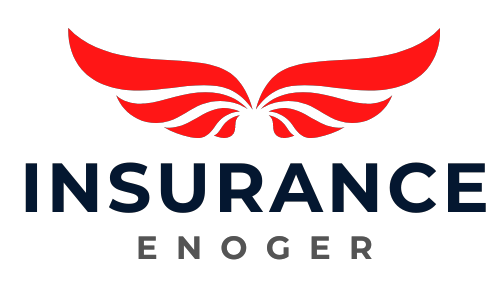Home renovation is typically an exciting fresh start of homeownership. Whether you’re opening up your kitchen, renovating bathrooms, or building a second story, renovation can actually take your lifestyle to the next level and add value to your home. But with these added improvements come new challenges—particularly with insurance.
The majority of homeowners neglect to renew their insurance coverage following a renovation to cover the value and scope of the renovation. Failing to renew your policy keeps you underinsured and can end up costing you thousands of dollars in damage or loss. It is worth learning how to audit and renew your home insurance following a renovation to safeguard your investment and sleep well at night.
Measure the Scale of Your Refurbishment
Take time to document the entire extent of the upgrades before notifying your insurance company. This entails documenting structural changes, installations, and materials. Upgrades in high-end finishes or additional square footage have a significant effect on the replacement value of the home and should be included with your policy.
Improvements such as kitchen remodeling, basement finishing, or foundation reinforcement generally need to be reviewed by your insurance company immediately. Even smaller upgrades such as specialty cabinetry or higher-quality flooring can alter the insured value of your home. All of these factors are weighed by insurance firms when setting premiums, so forthright reporting provides proper coverage.
Inform Your Insurance Company Early
After the remodel is finished—or at the planning stage—it’s advisable to notify your insurer. Advance notice gives them time to adjust your policy, and temporary coverage in certain situations may be offered as long as you’re under construction. This is particularly useful for a large project that can make the property more susceptible.
Most insurance companies offer policy riders or endorsements that are flexible to protect the excess value or additional liability. If you are doing a remodel involving a change of use or layout of your home, like converting a garage into a dwelling, this needs to be detailed so that there will not be any future coverage issues.
Recalculate Your Home’s Replacement Value
Renovations will typically contribute to the expense to rebuild your house if it is totally destroyed. In order to maintain your policy active, the replacement value of your house will have to be re-estimated by your insurance provider. The new value accounts for the new materials and additional living space.
Retain your contractor’s receipts and documents to substantiate these estimates. Some insurance companies may send an appraiser to inspect the changes in person. This ensures your policy limits capture the actual cost of your remodeled home so that there are no breaks in coverage.

Consider Supplemental Coverage and Liability Options
Renovation will bring subcontractors, machinery, and additional foot traffic into your residence. When you are residing on-site, you may be at greater risk. In situations such as these, it is worth adding liability coverage or an umbrella policy for added protection.
This holds especially for custom remodeling homes, where specialties and special designs are involved. Such work may have greater replacement expense and may not be subject to usual policy assumptions. Bringing these subtleties to your provider’s attention serves to customize the policy to your unique circumstances.
Restore Contents and Personal Property Coverage
While you’re going through your structural coverage, it’s also a good time to go over your personal property coverage. Renovations typically involve replacing appliances, furniture, or electronics—items that may not be covered fully under your previous policy.
Take a fresh inventory of what you have in your home, especially if your renovation featured high-tech features or upscale finishes. Having your policy updated to reflect these new features protects you in case you need to recoup their full value if they are stolen or damaged.
Be Aware of the Local Building Codes
Some of the repairs will have to meet new building codes or zoning regulations. Your existing policy will not necessarily cover the expense of upgrading older areas of your home to modern standards when you rebuild. That’s where ordinance or law coverage comes in—a little-known policy rider, maybe the game-saver.
For example, residents who embark on a home renovation Bellevue project ought to be aware of local codes that may influence rebuild costs. Confirmation with your insurer that there is compliance coverage in place can prevent cost surprises.

Don’t Forget Transient Living Expenses
If your remodelling makes part of your home unusable, your loss-of-use coverage in your policy can be a lifesaver. It covers temporary housing, food, and even boarding for your pets in some cases. Ensure your policy has adequate limits in this area, especially for more substantial remodelling jobs that might leave you without a roof for weeks or months.
Practice Open Communication
Insurance isn’t an installation, it’s a changing protection plan. Your home evolves, and so must your policy. Notify your insurance company of all major changes, and check your policy each year—even if you’re not adding more improvements.
For further information on how big projects can affect your insurance needs, you may find this guide to home insurance for renovations useful.
For a clear understanding of property renovation requirements and owner responsibilities in different regions, refer to this Australian government handbook for property renovations.





